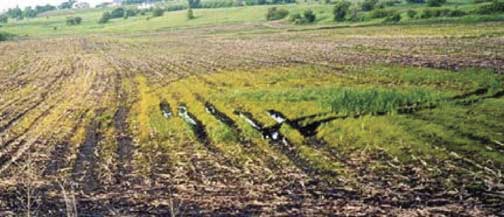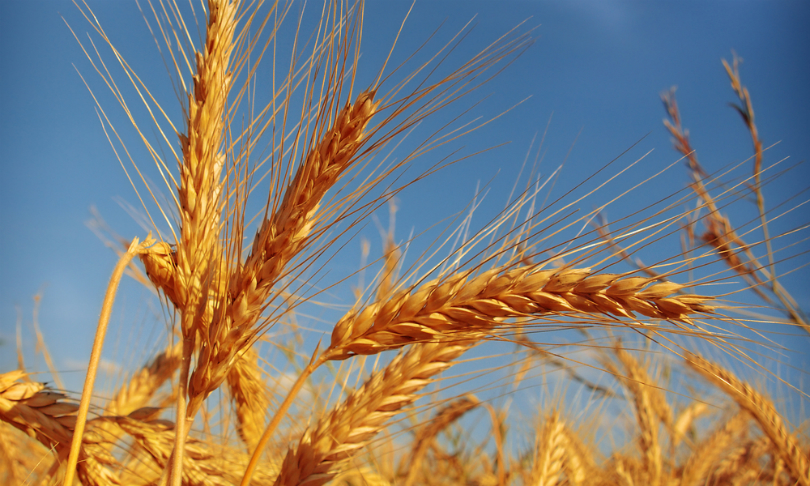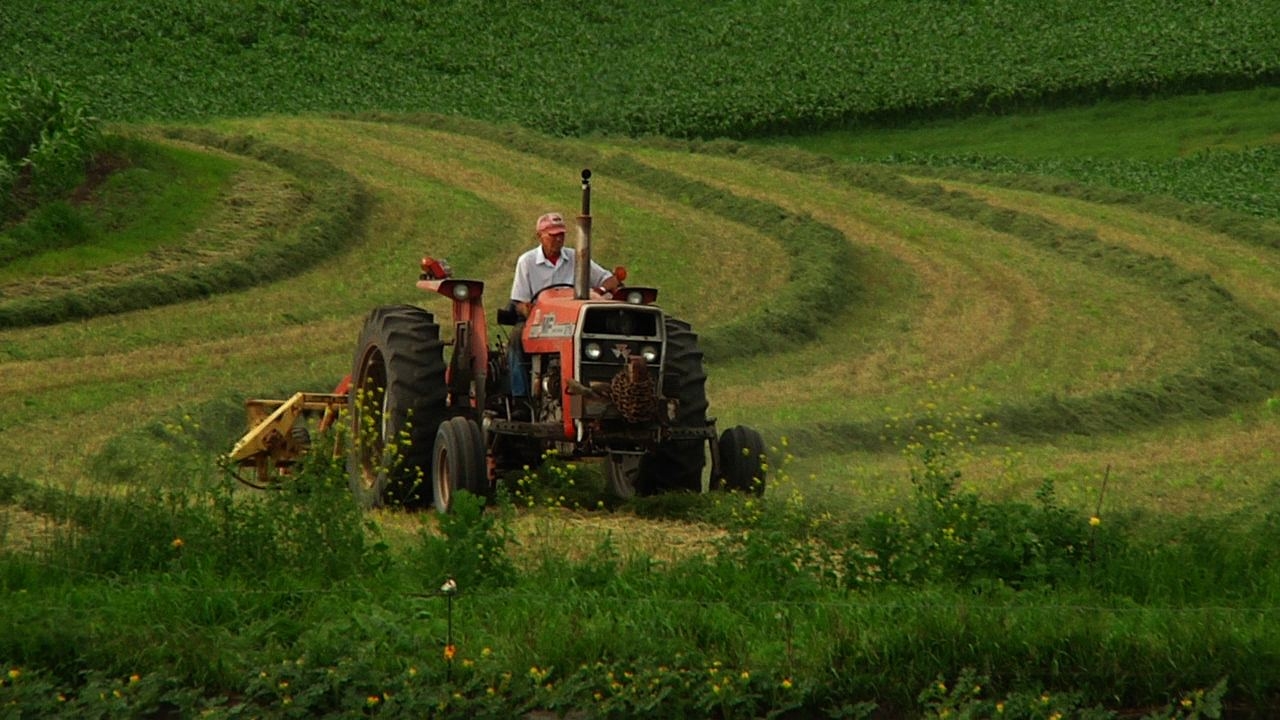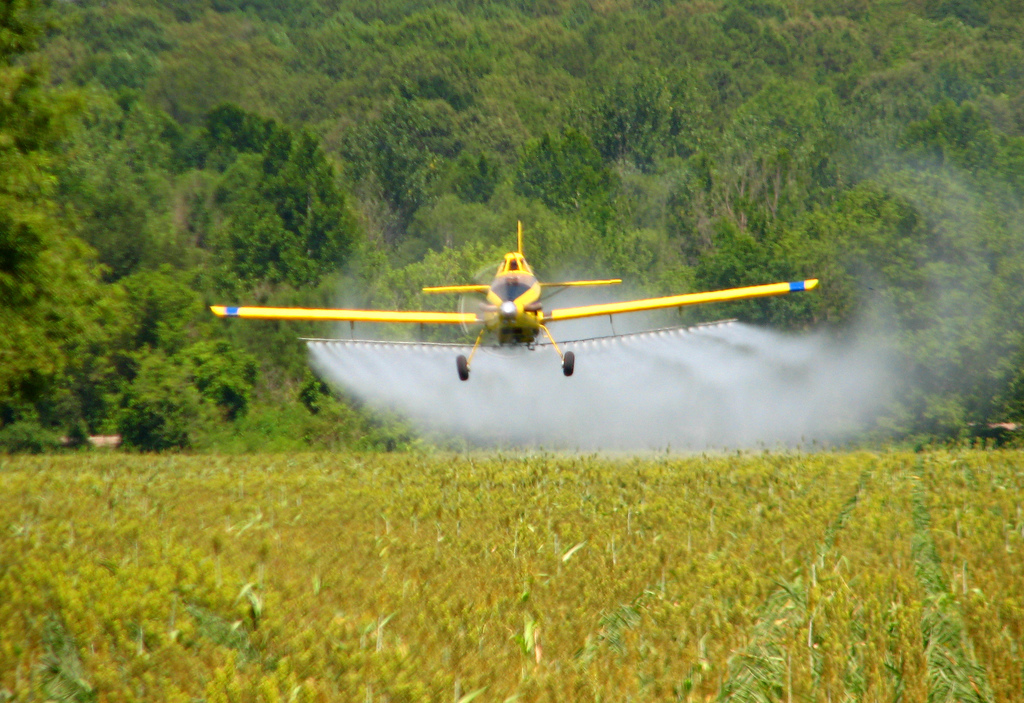Soil Compaction
When stress is applied to soil, it causes densification as air is displaced from the pores between the soil grains which is soil compaction. Generally, compaction is the result of heavy machinery compressing the soil, but it can also occur due to the passage of animal feet. When soil becomes compact, the first thing that comes to mind is to loosen the soil with tillage. But, it may not address the problem completely.
If the soil structure is massive near the surface, and no evidence of soil life or abundant organic matter is seen, you first have to think about how to rebuild soil structure by stimulating soil life. Tillage is mostly detrimental to soil organisms. Deep-tunneling earthworms such as night crawlers are very sensitive to absence of crop residue so to favor them residue should be maintained. Soil fungi that help improve the soil structure are negatively affected by tillage.
However, tillage may open up the soil to allow water and air movement and improve root growth. So in certain cases tillage may be warranted. It is important to plant a cover crop with vigorous roots to occupy the voids created with tillage. Organic matter additions such as manure or compost help to improve the surface soil structure.
If a highly compacted layer is at a certain depth and on the other hand surface soil structure is in a good condition, it may be worth breaking that up with a sub-soiler or heavy chisel plow. It should be kept in mind that tillage breaks the soil structure and never build it.
A compacted layer can be diagnosed with a penetrometer. The penetration resistance becomes very high (>300 psi) and then decreases after we push the penetrometer through it. Determine how deep the bottom of the compacted layer is and set the sub-soiler or chisel plow one inch deeper than that. Make sure the soil is in optimal condition to shatter it.
If it is too wet you are likely to do more harm than good by smearing up the soil next to the shanks. The choice of shanks is important. Curved or parabolic shanks cause more surface disturbance than straight shanks so, straight ones are preferred as they cause less disturbance.
It has been shown that good results have been achieved with para plow shanks that curve sideways. They do not disturb the surface much but cause maximum shattering below ground, and take less power to pull than the straight leg sub-soiler.
Once a sub-soiling operation is completed, make sure you rebuild soil structure by planting a cover crop with heavy root mass, and add organic matter.

Thanks for installing the Bottom of every post plugin by Corey Salzano. Contact me if you need custom WordPress plugins or website design.








